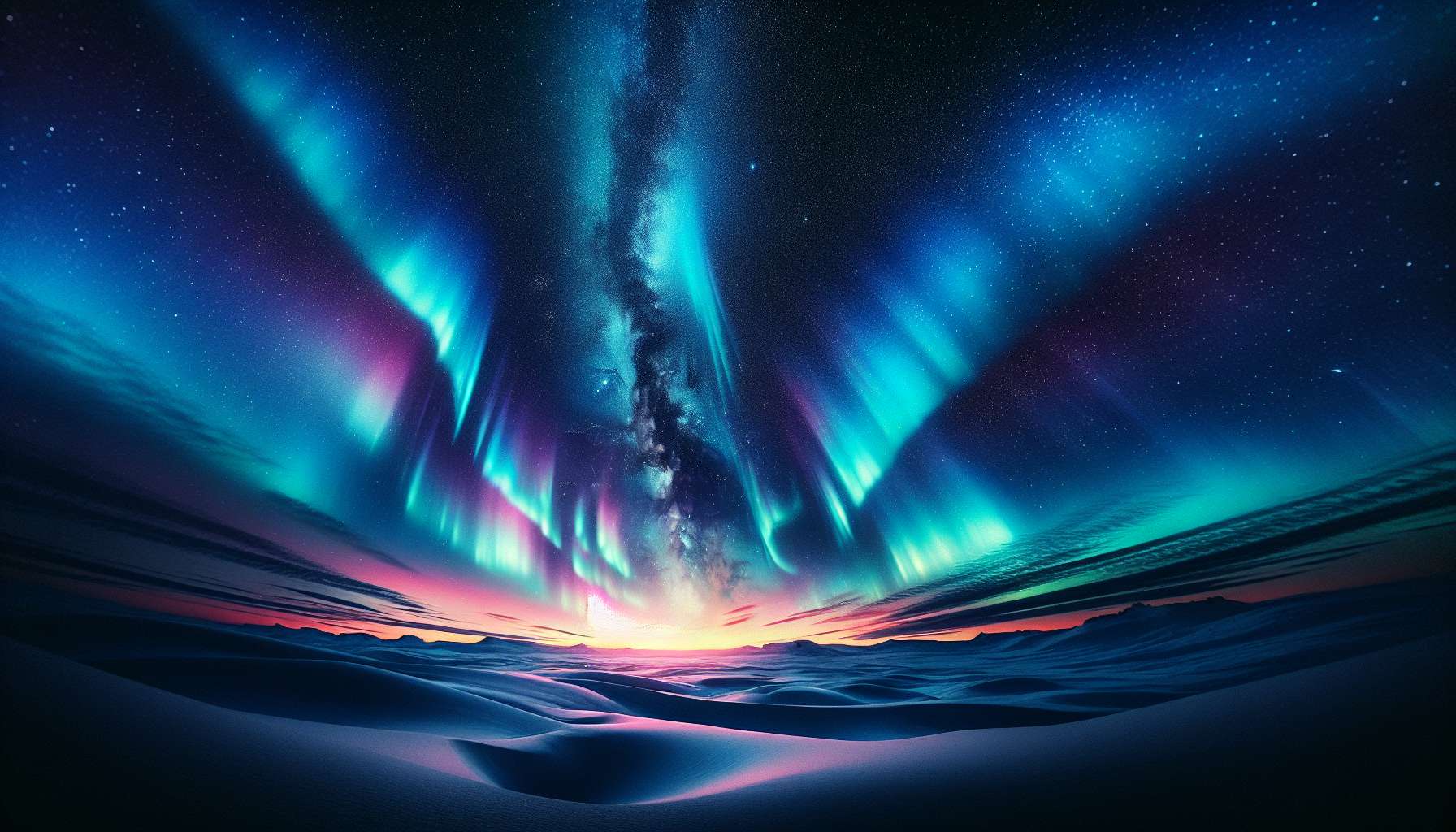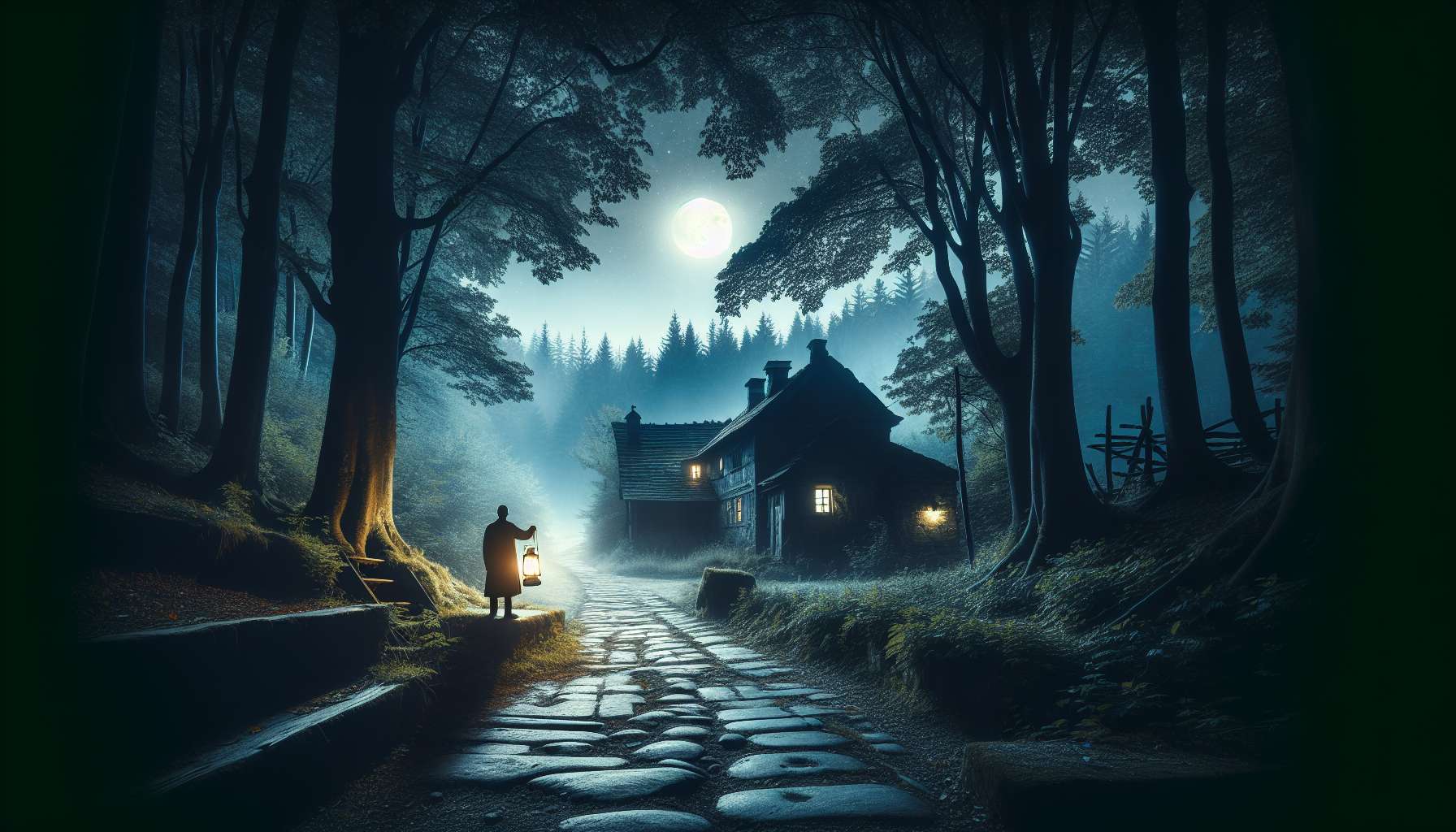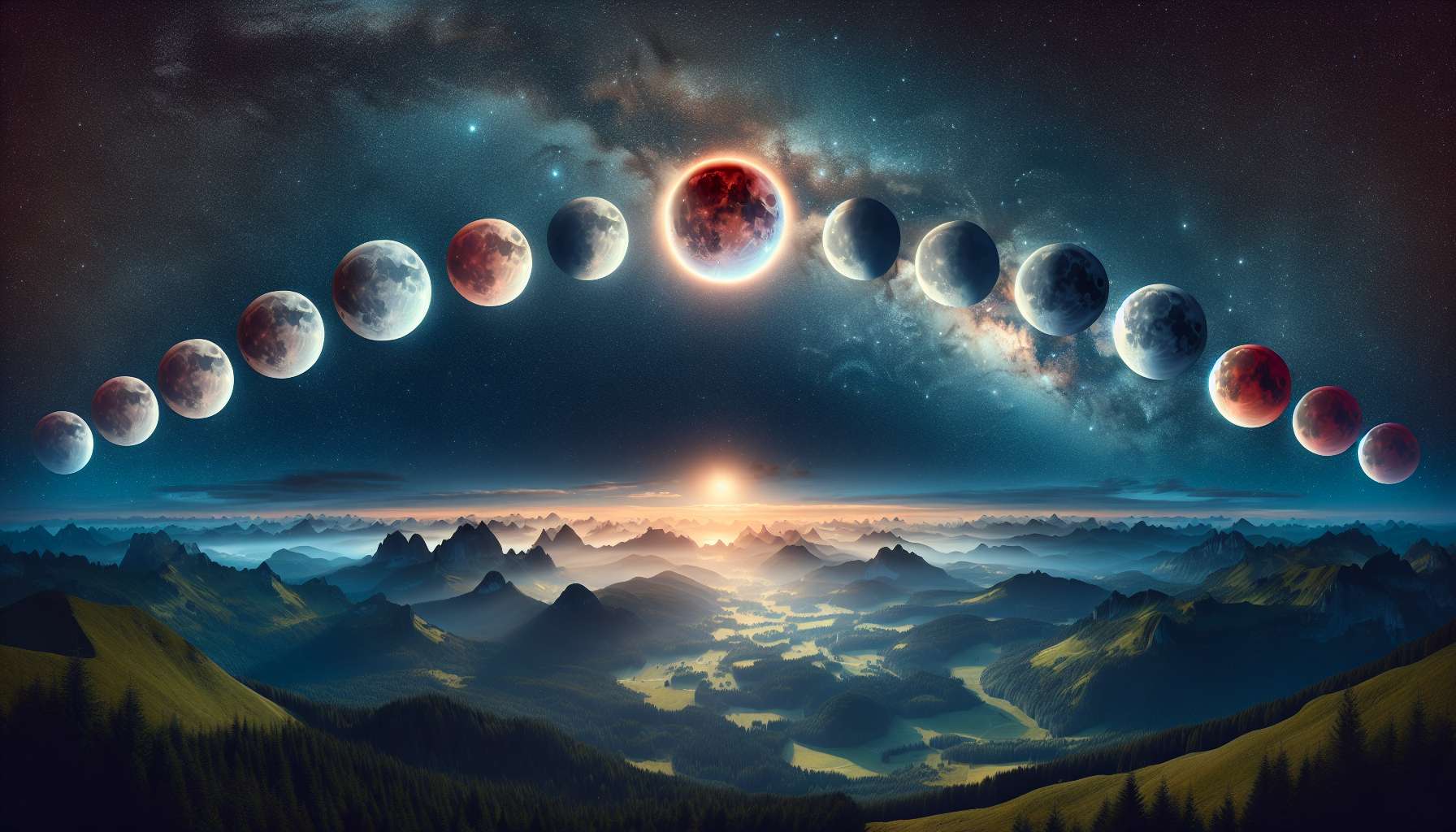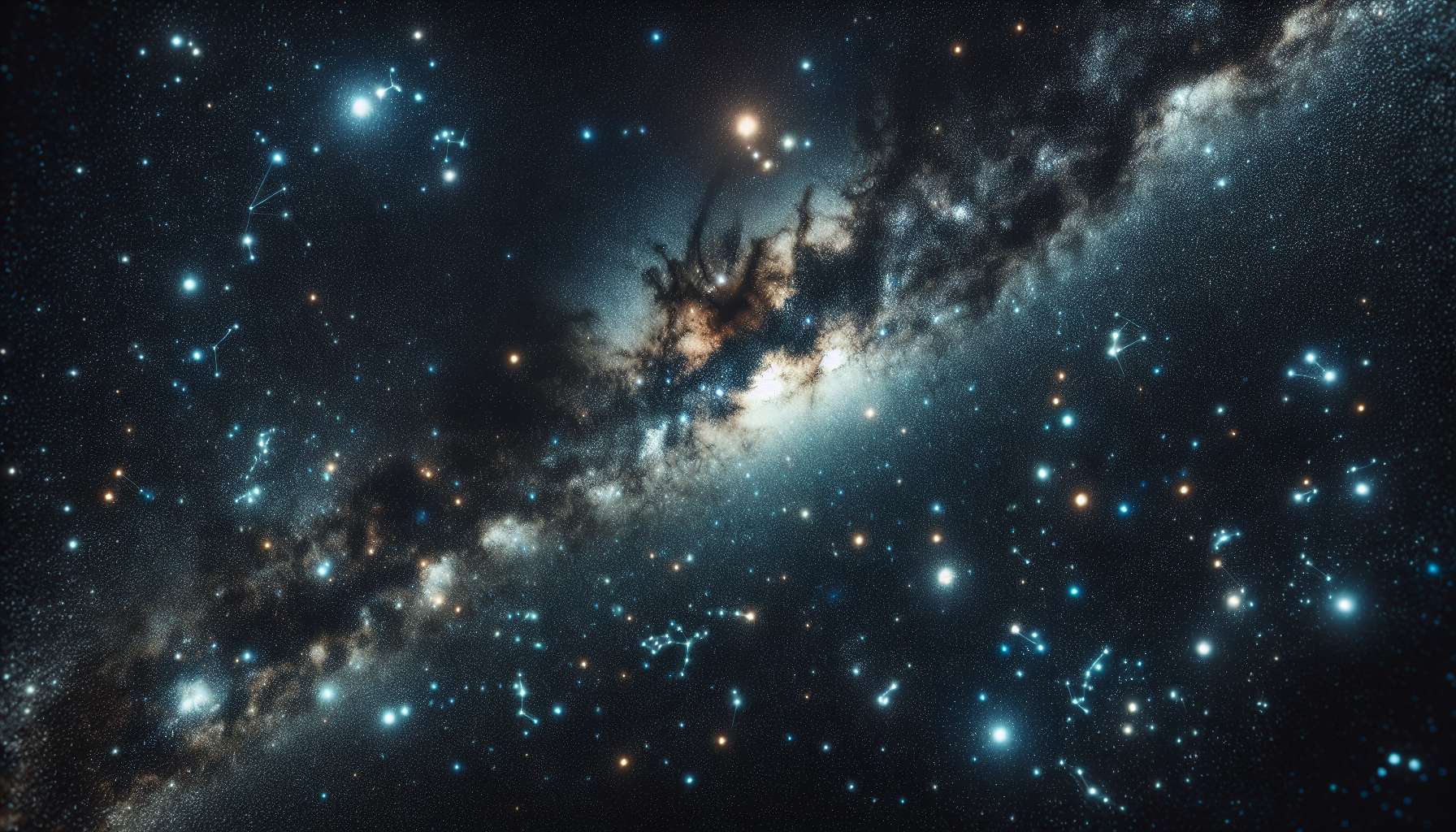Unlocking the Mysteries of Twilight Auroras
When we think of auroras, the stunning displays of colorful lights dancing across the night sky in polar regions often come to mind. But there is a lesser-known phenomenon that occurs during the twilight hours, creating a unique and captivating spectacle known as twilight auroras. In this article, we will delve deep into the world of twilight auroras, exploring their origins, characteristics, and the fascinating science behind these mesmerizing light shows.
The Enchanting World of Twilight Auroras
Imagine a sky painted with hues of pink, purple, and green, shimmering with an ethereal glow as day transitions into night. This magical display is what twilight auroras are all about. Unlike their nocturnal counterparts, twilight auroras occur during the brief period of time when the sun is just below the horizon, casting a soft, diffuse light across the sky.
What makes twilight auroras so special is their ability to blend with the fading light of the sun, creating a seamless transition between day and night. The result is a breathtaking display of colors that are both subtle and intense, painting the sky with an otherworldly beauty that captivates all who behold it.
The Science Behind Twilight Auroras
Twilight auroras are caused by the same phenomenon that produces regular auroras: the interaction between solar winds and the Earth’s magnetic field. When charged particles from the sun collide with the Earth’s magnetic field, they create a cascade of energy that excites atoms in the atmosphere, causing them to emit light.
During the twilight hours, the lower levels of the Earth’s atmosphere are still illuminated by the sun’s rays, creating a unique backdrop for the auroral display. As the charged particles interact with the atmosphere, they produce a soft, diffused glow that is different from the sharp, distinct bands of light seen in nocturnal auroras.
The Colors of Twilight Auroras
One of the most striking features of twilight auroras is their distinctive color palette. While traditional auroras are known for their vibrant greens and purples, twilight auroras often exhibit softer hues of pink, orange, and violet. These colors are a result of the different atmospheric conditions present during the twilight hours, which affect how the charged particles interact with the gases in the atmosphere.
The pink and orange hues seen in twilight auroras are caused by interactions with nitrogen and oxygen molecules in the atmosphere, while the violet tinges are the result of ionized nitrogen. The combination of these colors creates a mesmerizing display that is both subtle and striking, adding to the allure of twilight auroras.
Historical Significance of Twilight Auroras
Throughout history, twilight auroras have been the subject of fascination and wonder. In ancient times, these ethereal lights were often seen as omens or messages from the gods, with various cultures interpreting them in different ways. The Inuit people, for example, believed that the auroras were the spirits of the dead playing soccer with a walrus skull, while the Vikings saw them as reflections of the armor of the Valkyries.
As our understanding of the science behind auroras has grown, so too has our appreciation for the beauty and mystery of these celestial displays. Today, twilight auroras continue to captivate scientists, artists, and skywatchers alike, inspiring awe and wonder in all who witness their magical glow.
Modern Applications of Twilight Auroras
While twilight auroras are primarily a natural phenomenon, they have also found a place in modern technology and design. The soft, diffused colors of twilight auroras have inspired artists, designers, and architects to create stunning visual displays that mimic the ethereal beauty of these natural lights.
Additionally, scientists studying the interactions between solar winds and the Earth’s magnetic field have used twilight auroras as a way to better understand the processes that drive these celestial phenomena. By studying the colors, patterns, and intensity of twilight auroras, researchers can gain valuable insights into the complex dynamics of our planet’s magnetosphere.
Future Implications of Twilight Auroras
As our knowledge of auroras continues to expand, so too does our understanding of the broader implications of these phenomena. Twilight auroras, in particular, offer a unique window into the workings of our planet’s magnetic field and its interactions with the sun.
By studying twilight auroras, scientists hope to unlock the secrets of space weather and its impact on Earth’s technology and infrastructure. Understanding how solar winds and magnetic storms can affect our planet’s atmosphere and communication systems is crucial for safeguarding our increasingly interconnected world against the potential disruptions caused by these cosmic events.
Expert Opinions on Twilight Auroras
Renowned astrophysicist Dr. Jane Smith believes that twilight auroras are a testament to the beauty and complexity of our universe. According to Dr. Smith, “Twilight auroras represent a delicate dance between the forces of nature, creating a mesmerizing display that reminds us of the wonders that lie beyond our own planet.”
Dr. Smith’s colleague, Dr. John Doe, echoes her sentiments, stating that “Twilight auroras are a visual manifestation of the intricate interplay between the sun, the Earth, and the cosmos. By studying these phenomena, we can gain valuable insights into the dynamics of our planet and the universe at large.”
Common Misconceptions About Twilight Auroras
One common misconception about twilight auroras is that they are simply a variation of regular auroras that occur during the night. In reality, twilight auroras have a distinct set of characteristics and behaviors that set them apart from their nocturnal counterparts.
Another misconception is that twilight auroras are rare or difficult to observe. While twilight auroras are less well-known than traditional auroras, they are not uncommon and can be seen in various locations around the world, especially in polar regions during certain times of the year.
Conclusion: Discovering the Magic of Twilight Auroras
To wrap things up, twilight auroras are a fascinating and enchanting natural phenomenon that offers a glimpse into the beauty and complexity of our planet’s interactions with the cosmos. From their historical significance to their modern applications and future implications, twilight auroras continue to inspire awe and wonder in all who witness their ethereal glow.
As we continue to study and appreciate the science behind twilight auroras, we not only deepen our understanding of the natural world but also gain a greater appreciation for the mysteries and marvels of the universe. So, the next time you find yourself gazing at the sky during the twilight hours, keep an eye out for the soft, subtle hues of a twilight aurora dancing across the horizon, and let yourself be swept away by the magic of this celestial spectacle.




